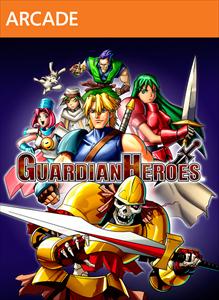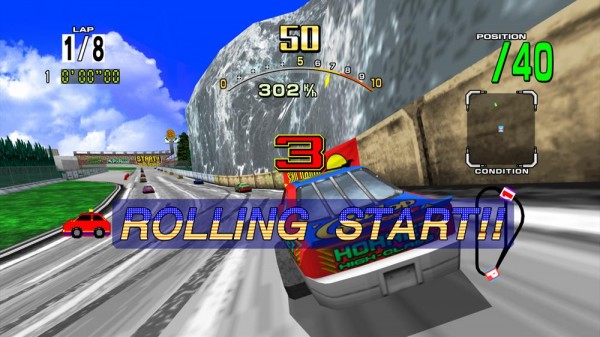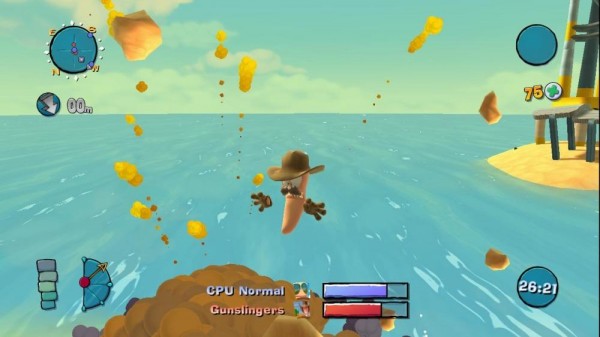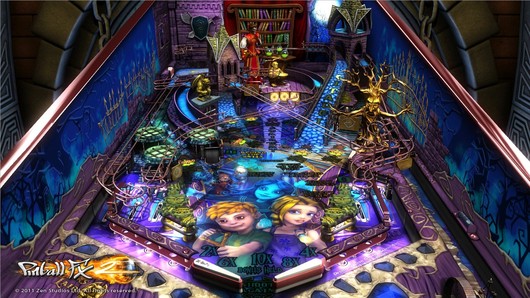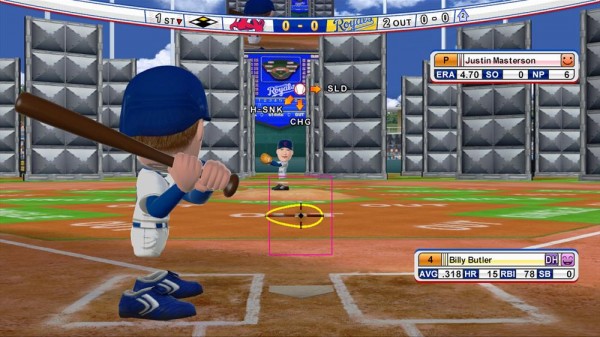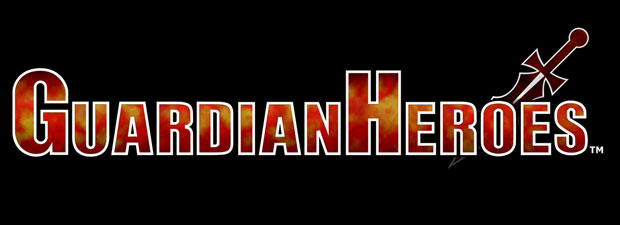 14 years ago
14 years ago
Guardian Heroes review (XBLA)
Guardian Heroes was developed by Treasure and published by Sega. It was released October 12, 2011 for 800 MSP. A copy was provided for review purposes.
It’s safe to assume most people who play XBLA games probably have never owned a Sega Saturn, and that’s just sad. It had a great array of titles in the 90’s from Burning Rangers to NIGHTS. Sega has been re-releasing some of its classic Saturn titles this year, like Treasure’s Radiant Silvergun, often with remixed graphics and online multiplayer. Now there’s one more Treasure game to add to the list: Guardian Heroes.
Guardian Heroes is a classic beat-em ‘up, but it had more depth than any regular brawler when it was originally released. Some might say you can see a lot of GH-inspired gameplay in The Behemoth’s Castle Crashers. Does this game live up to its retro accolade or was it better off staying in the past?
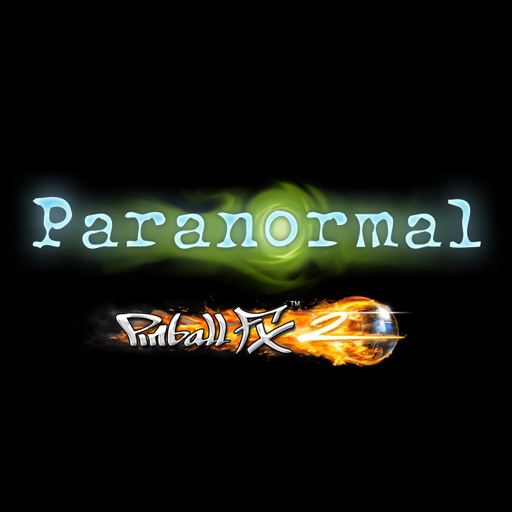 14 years ago
14 years ago
Paranormal table review (XBLA DLC)
The Paranormal table for Pinball FX 2 was produced by Zen Studios. It was released October 26, 2011 for 0 MSP. The promotion ended November 2, 2011, and it now retails for 240 MSP. A copy was provided for review purposes.
Paranormal is in truth not exactly a new table. It’s been available for Zen Pinball on the PlayStation 3 for some time. The table may be showing its age, but it still has a lot to offer. The theme of the table is the investigation of paranormal activities in the area. Things like the Loch Ness Monster and the Jersey Devil make appearances amongst others. It’s one of the more complicated tables out there, but doesn’t play as smoothly as others. As solid as it is, it will struggle to gain traction with players as the more recently developed tables are so much better.
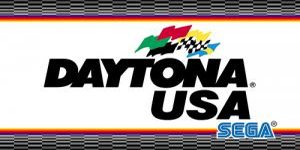 14 years ago
14 years ago
Daytona USA review (XBLA)
Daytona USA was developed and published by Sega. It was released October 26, 2011 and retails for 800 MSP. A copy of the game was provided for review purposes.
Daytona USA is perhaps the most famous arcade racing game ever. Much of its fame is due to the massive eight and even sixteen player arcade setups featuring chairs, force feedback steering wheels, shifters, and foot pedals. The experience of playing with a group of your friends was an undeniably fun event. Sega is a modern master of not only creating fun games but also completely immersive experiences that seamlessly integrate physical and electronic media into one. Released back in 1993 we are almost 20 years removed from its beginnings. Though the graphics are laughable by today’s standards the game hasn’t lost any of its fun and atmosphere. The only question is whether or not Daytona USA can be a worthwhile experience outside of an arcade setting.
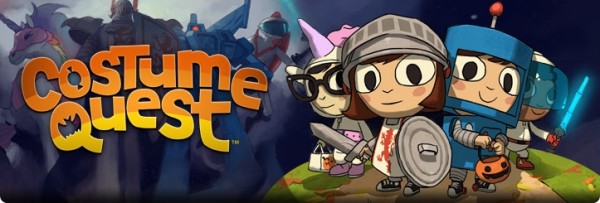 14 years ago
14 years ago
Rewind Review: Costume Quest (XBLA)
Costume Quest was developed by Double Fine Productions, and published by THQ. The game was released on October 19th, 2010.
In October of 2010, Double Fine Productions introduced the world to a colorful classic in the making known as Costume Quest. Players are introduced to the brother-sister duo of Reynold and Wren on the night of Halloween. The pair head out trick or treating but the night quickly spins out of control as monsters kidnap one of the two, and reveal a plot to steal all of the neighborhood’s candy. What is a kid to do when monsters take your sibling away and plan to ruin every youngster’s Halloween? Take on a quest to free your family member and stop the monsters from ruining everyone’s holiday that’s what!
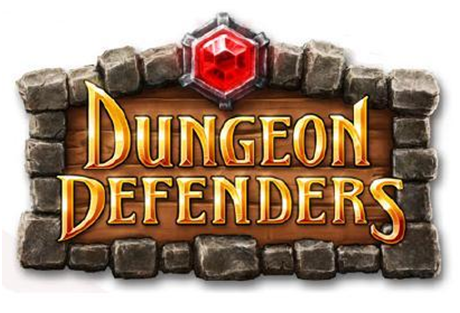 14 years ago
14 years ago
Dungeon Defenders review (XBLA)
Dungeon Defenders was developed by Trendy Entertainment and published by Reverb Publishing. It was released on October 19, 2011 for 1200 MSP. A copy of the game was provided for review purposes.
Loot, levels, and fantasy creatures–the essence of most RPGs. Add hack and slash, also quite the staple, and spells, then four different classes, then add an array of towers to summon, four player coop, challenge levels, survival and tower-only modes, a player versus player mode, and plenty of customization. In a nutshell, or perhaps an empty watermelon? No, maybe a carved out star. Yeah. That’s Dungeon Defenders. This action RPG tower defense has an abundance of content, variety, and polish; what do you know, the three spices of life!
Dungeon Defenders takes a semi-new approach to the tower defense genre, employing traditional elements like loot, leveling up, classes and towers while also changing the mentality up, advocating use of blockades at choke points and giving each class a different set of towers to summon as well as abilities. Of the four classes are the Apprentice, magic user employing high damage dealing elemental towers; the Squire, who takes the hordes with a sword while being backed by meaty blockades; the Huntress, with ranged weapon in hand and powerful multi-use traps; and lastly the Monk, support class extraordinaire, able to use both ranged and melee attacks and summon auras which apply affects or damage over a wide area. Levels are long and allow for up to four players with drop in and out coop local or online. Each level also has a challenge mission which presents distinct gameplay variations that force players to change their tactics, foregoing entire elements of the game or sometimes making them more important. The loot system is robust, allowing for set bonuses, rewarding players for playing on higher difficulty levels and with more people in their party. Mana gained during levels can be used to upgrade weapons, armor and pets.
There’s just so much in this game, it’s mind boggling.
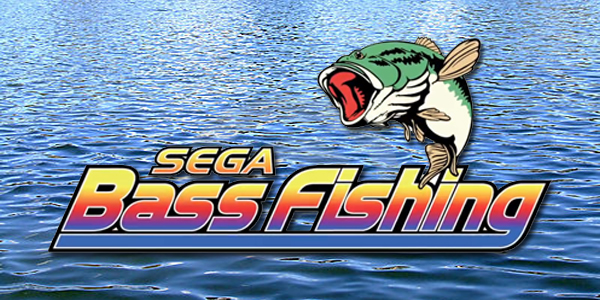 14 years ago
14 years ago
Sega Bass Fishing review (XBLA)
Sega Bass Fishing was developed and published by Sega. It was released October 5, 2011 and retails for 800 MSP.
Sega Bass Fishing was originally an arcade game that was then brought over to the Dreamcast. What we get now on XBLA is an almost exact replica of the Dreamcast version sans the fishing controller. Sega Bass Fishing is an arcade style fishing game. It mixes serious fishing technique and approaches with arcade style speed and action. Far from being a simulation (10 to 20 pound largemouth bass are commonplace here) it still manages to feel like authentic fishing. This old-school game is sure to be a favorite amongst old fans but still has the goods to entertain a new audience.
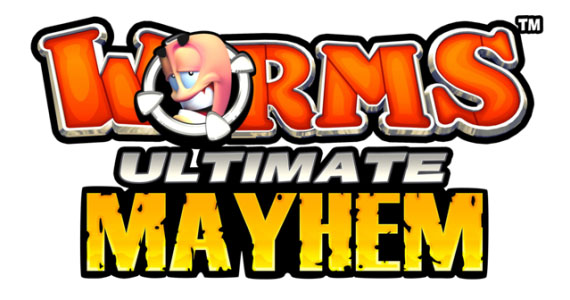 14 years ago
14 years ago
Worms: Ultimate Mayhem review (XBLA)
Worms: Ultimate Mayhem was developed by Team 17 and retails for 1200 Microsoft Points. It was released on Septemer 28, 2011. A copy of the game was provided for review.
If you’re reading this review, chances are you’ve heard of the Worms franchise. Debuting back in 1995, Team 17’s flagship franchise has graced over a dozen platforms since it first emerged from its digital hole. Known for its mix of strategy, action and humor, the franchise made its mark and has for the most part stuck to its classic 2D formula. In 2003, the Worms franchise went 3D for the first time with Worms 3D, marking a major departure for the series. In 2005, Team 17 followed the game up with a sequel, Worms: Mayhem. Fast forward to 2011, where Team 17 has compiled the content of both 3D Worms offerings into one package for Xbox Live Arcade aptly titled, Worms: Ultimate Mayhem.
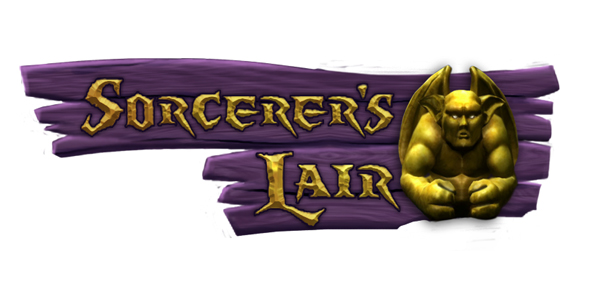 14 years ago
14 years ago
Sorcerer’s Lair Pinball FX 2 table review (XBLA DLC)
Sorcerer’s Lair for Pinball FX 2 was developed by Zen Studios and retails for 240 MSP. It was released on October 12, 2011. A copy of the table was provided for review purposes.
The latest installation into the Pinball FX 2 series is none other than Sorcerer’s Lair. This table was released some time ago on the PlayStation 3 and is finally making its way to Xbox Live. Despite the fact that this table is a retread of an older release it stands tall as another excellent example of Zen Studios craftsmanship in the realm of pinball.
This is one of the first tables in some time to be released without a link to some sort of established IP. This makes its success all the more impressive because the lack of familiarity with the theme doesn’t slow it down at all. Sorcerer’s Lair is another medium length table that plays relatively fast. High scores are definitely possible on this very fun table.
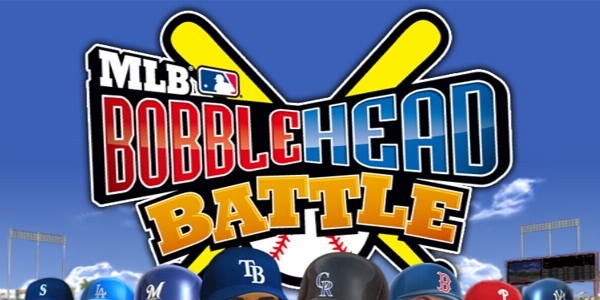 14 years ago
14 years ago
MLB Bobblehead Battle review (XBLA)
MLB Bobblehead Battle was developed and published by Konami Digital Entertainment. it was released on August 28, 2011 for 800 MSP. A copy of this game was provided for review purposes.
MLB Bobblehead Battle isn’t your normal baseball game. Though all your favorite teams and players are there, the main focus here is pitching and batting. This time around the folks over at Konami have done away with dealing with controlling extra players, no more catching the pop fly to left field, no more picking off second base with B.J. Upton. Instead, the field is now boxed out into sections marked single, double, triple, home run, etc. Wherever the ball stops, that’s what you get.
To make this a little more difficult yet fun they have added different objects throughout the outfield to force a higher emphasis on ball placement. There are also power-up cards that will either give you an advantage or even put your opponent at a disadvantage for a set number of rounds. MLB Bobblehead Battle has a few different modes to choose from including exhibition, challenge and even a stadium editor for you to build your own “battleground”.
 14 years ago
14 years ago
Mercury Hg review (XBLA)
Mercury Hg was developed by Eiconic Games and published by Ignition Entertainment. The game was released October 4, 2011 for 400 MSP.
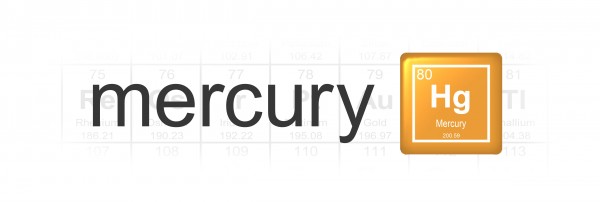 Playing with mercury in real life can be a cool experiment, but it’s all fun and games until you get mercury poisoning. Thankfully the budget-priced Mercury Hg comes along to give us the fun of mercury in a safe, poison free environment. For the first 400 MSP game to come along in a long while, this game is so good you’d think it cost more. Awesome gameplay mixed with colorful graphics and a well-implemented music feature is a great way to have fun … with science.
Playing with mercury in real life can be a cool experiment, but it’s all fun and games until you get mercury poisoning. Thankfully the budget-priced Mercury Hg comes along to give us the fun of mercury in a safe, poison free environment. For the first 400 MSP game to come along in a long while, this game is so good you’d think it cost more. Awesome gameplay mixed with colorful graphics and a well-implemented music feature is a great way to have fun … with science.

